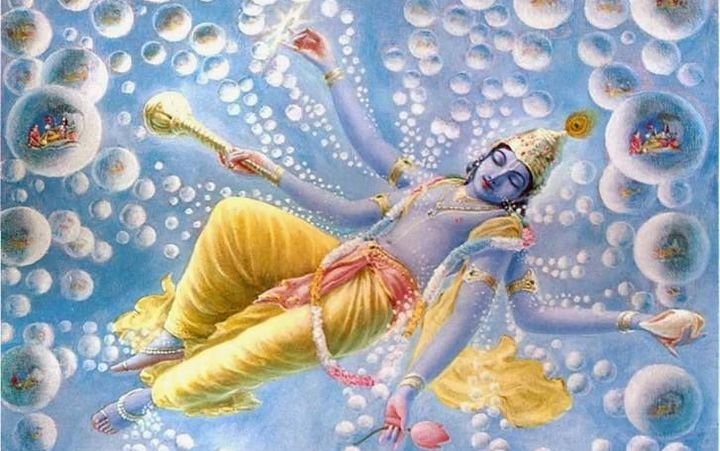Life is no walk in the park. And what bothers us the most is experiencing negative emotions, such as sadness, shame and frustration. It hurts, doesn’t it? So, how to deal with it? Here we’ll see a practical and efficient technique, with scientific confirmation, to minimize this pain.
We have two ways to deal with negative emotions. The first I emphasize in my videos and my book, “The 3T Path” (https://3tentesting108.com/books/): change how you deal with life, change your focus and more and more you won’t even have a reason to become hurt. This requires a profound change in how you go about your life, which I call a paradigm change – a change from the fantasy paradigm to the reality paradigm. To understand how to do this requires dedication and is better understood by reading the book. The second way is to know how to deal with the negative emotion when it comes up. This is what we’ll explain here.
Joan Rosenberg, PhD, a researcher in the field of psychology, created a system to solve this problem, which I’ll summarize here.
What are negative emotions? She proposes we have eight which dominate our lives: 1) sadness, 2) shame, 3) helplessness, 4) anger, 5) vulnerability, 6) embarrassment, 7) disappointment and 8) frustration.
Pretty bad, huh? Or not? Here’s a interesting point: why do we consider these negative emotions to be bad? Is the emotion itself bad, or is the feeling you get that is bad? Emotions are just that, emotions. They’re a thought. Something that only exists in your head. So, what’s bad about these negative emotions? The physiological reactions they generate! We don’t usually stop and think about this, but here’s a great insight: what’s unpleasant is the physical sensation generated by the negative emotion. What bothers us is the chemical changes and the changes in our digestive, respiratory and cardiological systems.
The first step Dr. Rosenberg recommends is the same I emphasize in the 3T Path: mindfulness. Be present. Don’t be afraid of the negative emotion. Don’t try to mentally run away from it. Stay there, ride it out, fully conscious of it, fully present. Don’t be a victim of the situation, be an observer.
In many cases, from the negative emotion you’ll take strength and learning to rise to new heights. Many people testify that negative emotions, traumatic situations, were the trigger for their greatest achievements. The famous self-help guru, Tony Robbins, often cites his abusive alcoholic mother as an essential force that drove him to dedicate himself to helping others and attain fantastic success and satisfaction. Victims of crimes and other forms of abuse use their trauma to build systems to protect and help others from the same violence, making the world a better place. In psychology, the term used for this is “post-traumatic growth”. Here’s a video I did on this topic a while back:
The second step is waiting 90 seconds. What? Yes, that’s right! It takes approximately 90 seconds for the physiological reactions to run their course. You don’t need so much patience or self-control. It’s only 90 seconds. Why not just repeat in your head the Hare Krishna mantra while you wait, asking Krishna to help quickly absorb the lesson to be taken from the experience? Breathe deep, relax and observe. Soon the whole experience blows off. Life goes on. Everything is fine.
Try it out yourself. The next time you feel a negative emotion rising, don’t back down, don’t cower away from it, and don’t get stressed. Stay present. Observe the physiological reactions. Wait 90 seconds, and watch your body return to its normal state. Reestablish your balance.
Now bring your focus to the solution, in the form of a constructive reaction to the situation aligned with your dharma, in divine consciousness. Learn from the situation. Create the habit of always getting something good from unpleasant things that happens to you. Immediately after a bad experience, seek out ways in which that will make you wiser, stronger and more focused. Use the negative energy to propel you to become greater.
Watch my video on this topic here.
Yours,
Giridhari Das
Look what they’re saying about The 3T Path book: “This book is incredible! It really changed my life and will change yours too.”



















